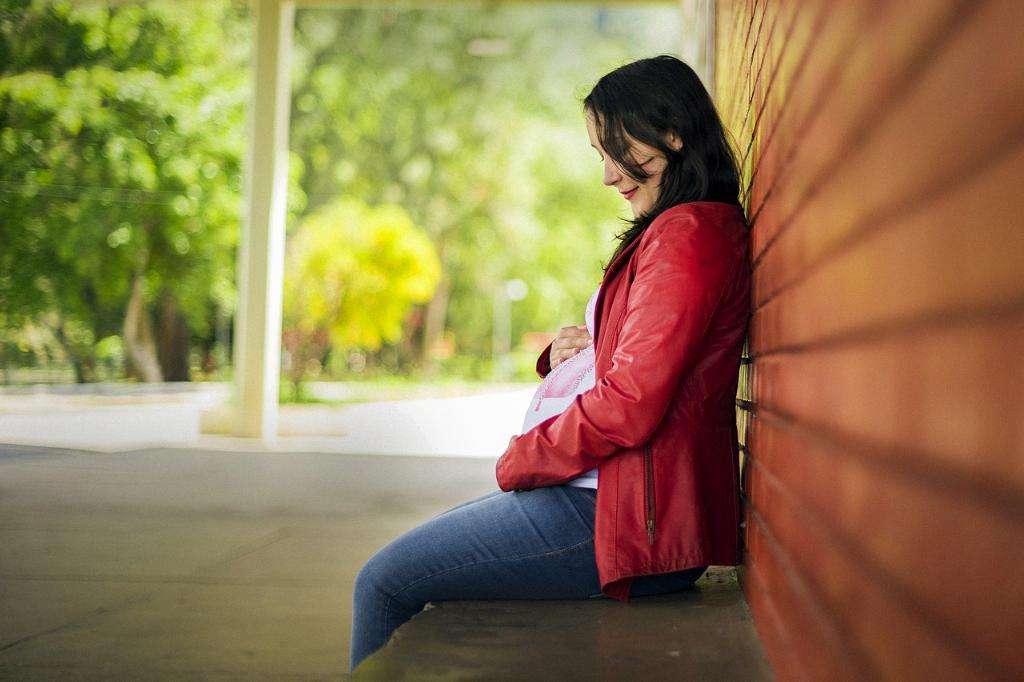When it comes to the safety of medications for babies, particularly neonates and infants, it is crucial to analyze the available data and research before drawing conclusions. In the case of Gabapentin, a medication often used to manage various medical conditions, including pain and seizures, there is evidence to suggest that it is generally well tolerated in this vulnerable population.
Research on Gabapentin Use in Neonates and Infants
Studies have shown that Gabapentin can be beneficial for babies, as it has been associated with decreased pain scores and reduced need for multiple neurosedative medications in the weeks following initiation of treatment. These findings indicate that Gabapentin may offer a safe and effective option for managing pain and other conditions in neonates and infants.
Potential Benefits of Gabapentin for Babies
The potential benefits of using Gabapentin in babies cannot be overlooked. By reducing pain scores and decreasing the need for other medications, Gabapentin may help improve the overall well-being of these young patients. This could lead to better outcomes and enhanced quality of life for both the babies and their caregivers.
Consideration of Side Effects and Risks
While Gabapentin may offer benefits for babies, it is important to consider the potential side effects and risks associated with its use. Like any medication, Gabapentin can cause adverse effects, and these must be carefully weighed against the benefits when making treatment decisions for infants.
Consulting with Healthcare Providers
Before using Gabapentin or any other medication in babies, it is essential to consult with healthcare providers. Pediatricians and other medical professionals can provide valuable guidance on the appropriateness of using Gabapentin in specific cases, taking into account the individual needs and health status of the baby.
Individualized Treatment Approach
Each baby is unique, and their medical needs may vary. Therefore, the decision to use Gabapentin or any other medication should be based on an individualized treatment approach. Healthcare providers can assess the baby’s condition and consider factors such as age, weight, and medical history to determine the most suitable course of action.
Monitoring and Evaluation
When Gabapentin is prescribed for a baby, careful monitoring and evaluation are essential. Healthcare providers should closely monitor the baby’s response to the medication, looking for any signs of improvement or potential side effects. Regular assessments can help ensure the safety and efficacy of the treatment.
Long-Term Considerations
When considering the use of Gabapentin in babies, it is important to think about the long-term implications. While short-term benefits may be evident, the potential effects of prolonged use of Gabapentin in infants should be carefully evaluated to ensure the continued safety and well-being of the child.
Parental Involvement and Support
Parents play a vital role in the care of their babies, including decisions about medication use. It is essential for parents to be well-informed about Gabapentin and actively involved in discussions with healthcare providers regarding its safety and potential benefits for their child. Open communication and collaboration are key to ensuring the best possible outcomes.
Conclusion: Balancing Safety and Efficacy
In conclusion, the safety of Gabapentin for babies is a complex issue that requires careful consideration of the available evidence, potential benefits, risks, and individual circumstances. While Gabapentin may offer benefits in managing pain and other conditions in neonates and infants, it is essential to approach its use with caution, under the guidance of healthcare providers, and with a focus on the safety and well-being of the child.

